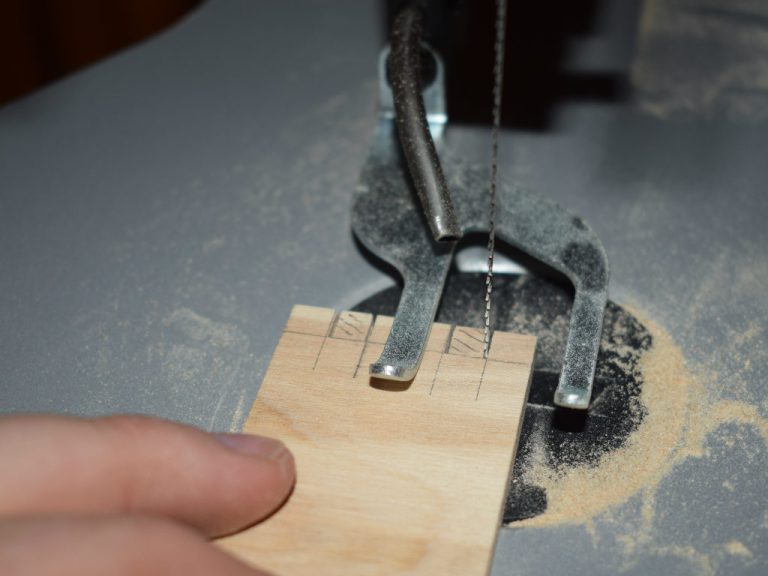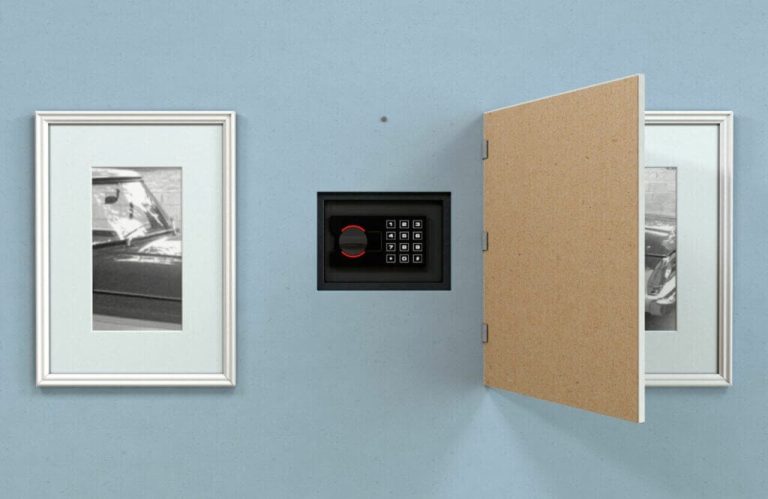7t6395 Track Roller: A Comprehensive Guide
The 7T6395 track roller is a critical component used in various tracked machinery, such as excavators and bulldozers. This guide provides an overview of its features, installation, maintenance, and troubleshooting.

1. Overview
Purpose
The 7T6395 track roller supports the weight of the machine and maintains proper track tension, contributing to the overall stability and performance of tracked equipment.
Applications
- Excavators
- Bulldozers
- Other heavy machinery with track systems
2. Key Features
- Durable Construction: Made from high-strength materials to withstand heavy loads and harsh environmental conditions.
- Precision Engineering: Designed for optimal alignment and smooth operation of the track.
- Compatibility: Specifically designed for various models, ensuring a perfect fit and reliable performance.
3. Installation Process
Tools Needed
- Socket set
- Wrenches
- Safety gloves and goggles
- Hydraulic jack or lifting equipment
- Torque wrench
Installation Steps
- Safety Preparations
- Turn off the machinery and park it on a flat, stable surface.
- Use a hydraulic jack to lift the machine and secure it with jack stands.
- Remove Old Track Roller
- Access the undercarriage by removing any necessary panels or guards.
- Unscrew the bolts securing the old track roller.
- Carefully slide the old roller off its mounting bracket.
- Install New Track Roller
- Position the 7T6395 track roller in place.
- Align it with the mounting bracket.
- Insert and tighten the bolts to secure the roller, using a torque wrench to follow the manufacturer’s specifications.
- Final Checks
- Confirm that the roller is properly aligned and securely attached.
- Lower the machine back to the ground safely.

4. Maintenance Tips
Regular Inspections
- Visual Checks: Inspect the track roller frequently for signs of wear, damage, or misalignment.
- Listen for Noises: Be attentive to any unusual sounds during operation, which may indicate issues.
Cleaning
- Debris Removal: Keep the roller and surrounding area free from dirt and debris to prevent wear.
Lubrication
- Regular Lubrication: Ensure that all moving parts are lubricated according to the manufacturer’s guidelines to reduce friction and wear.
Track Tension
- Check and Adjust: Regularly check the tension of the track and adjust it as necessary to ensure optimal performance.
5. Troubleshooting Common Issues
Uneven Wear
- Check Alignment: Inspect the alignment of the track and roller. Adjust as necessary to prevent uneven wear.
Noise During Operation
- Inspect for Damage: Investigate any unusual noises and check for wear or damage in the track roller or associated components.
Excessive Play
- Tighten Fasteners: Ensure that all bolts and fasteners are securely tightened to prevent play in the roller assembly.
6. Conclusion
The 7T6395 track roller is essential for the performance and longevity of tracked machinery. By understanding its features, following proper installation procedures, and adhering to regular maintenance practices, you can ensure optimal operation and reduce the risk of failure. For specific concerns or issues, consult the manufacturer’s manual or seek professional assistance.


